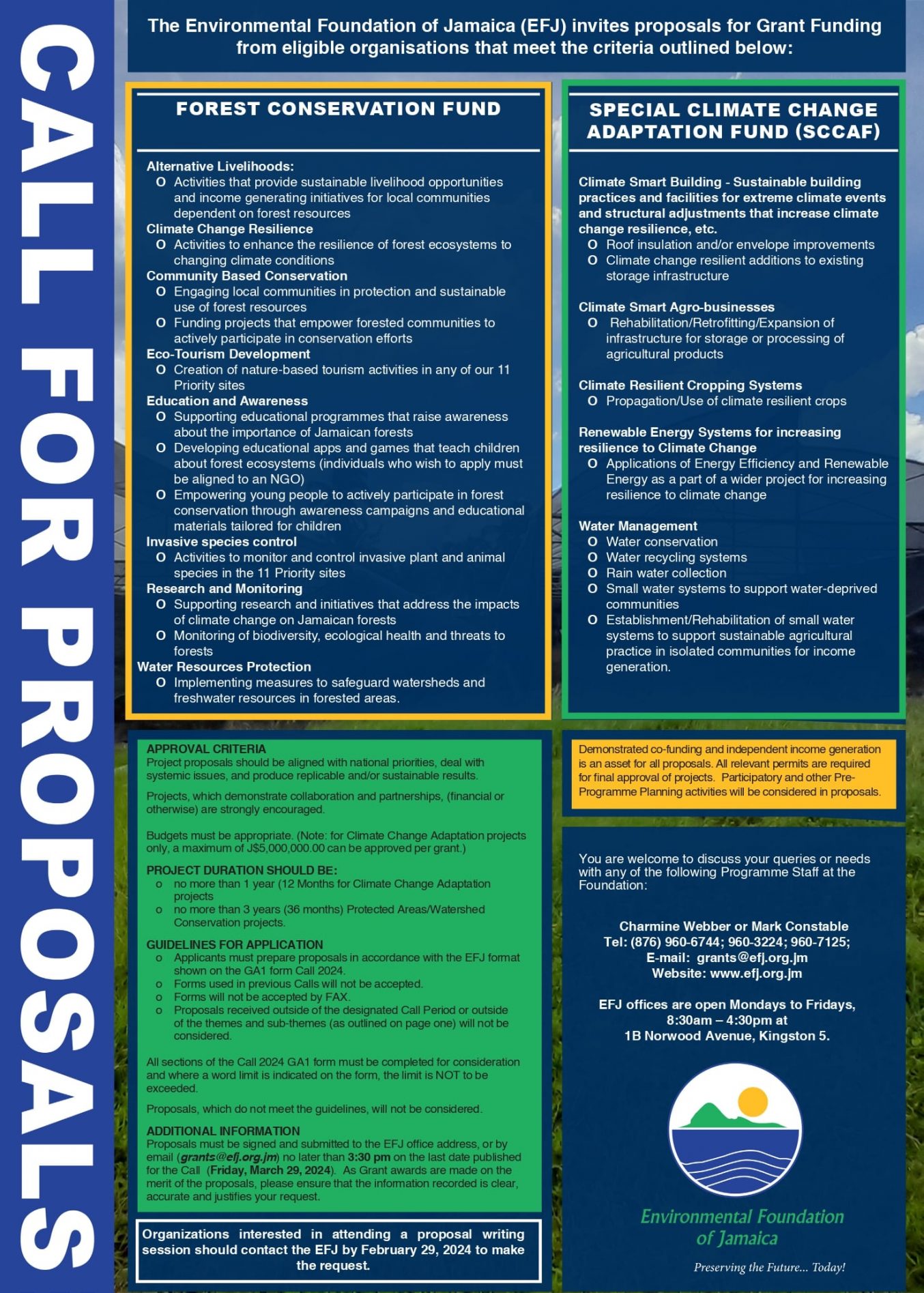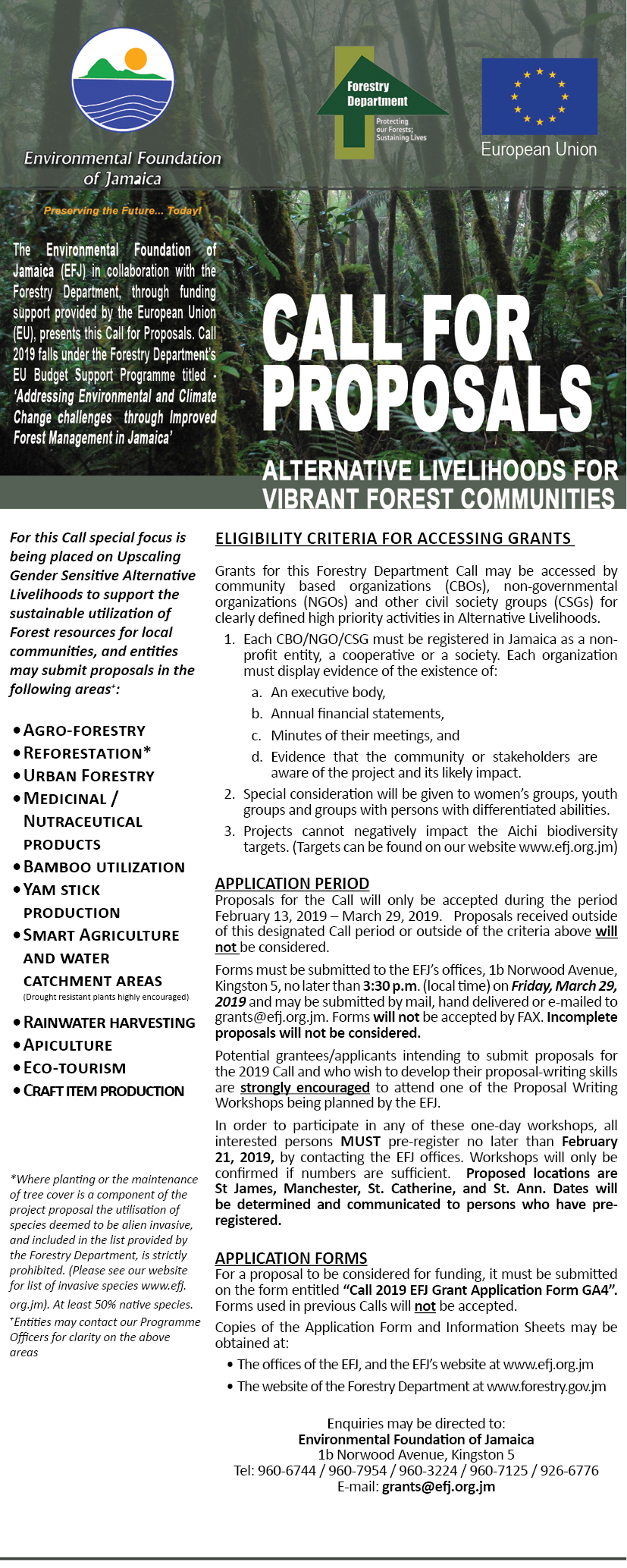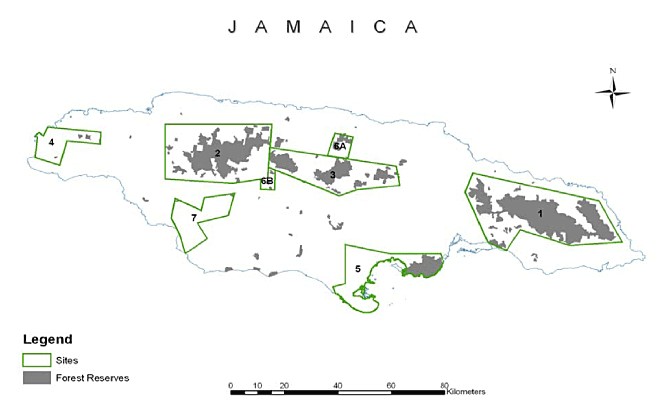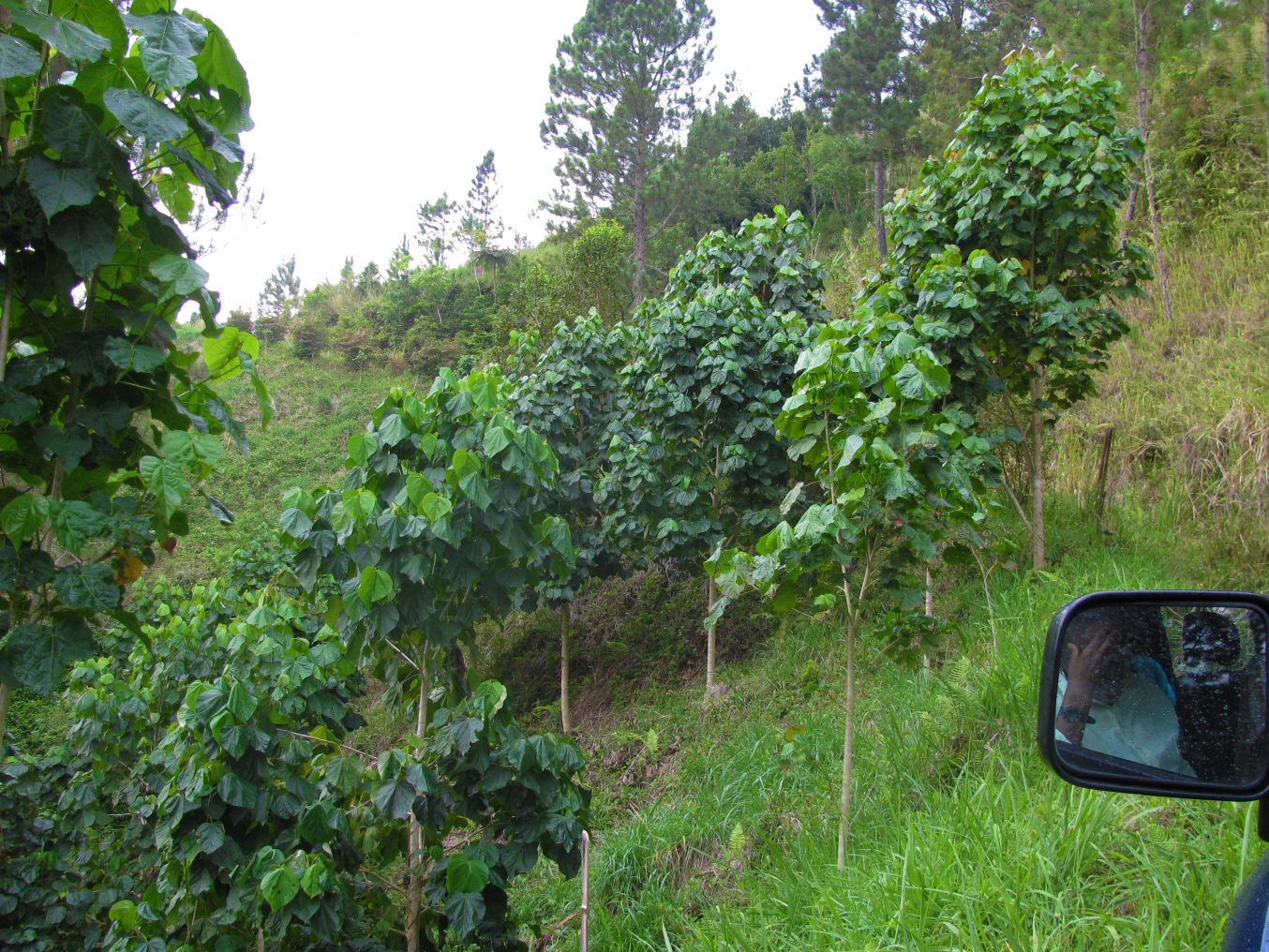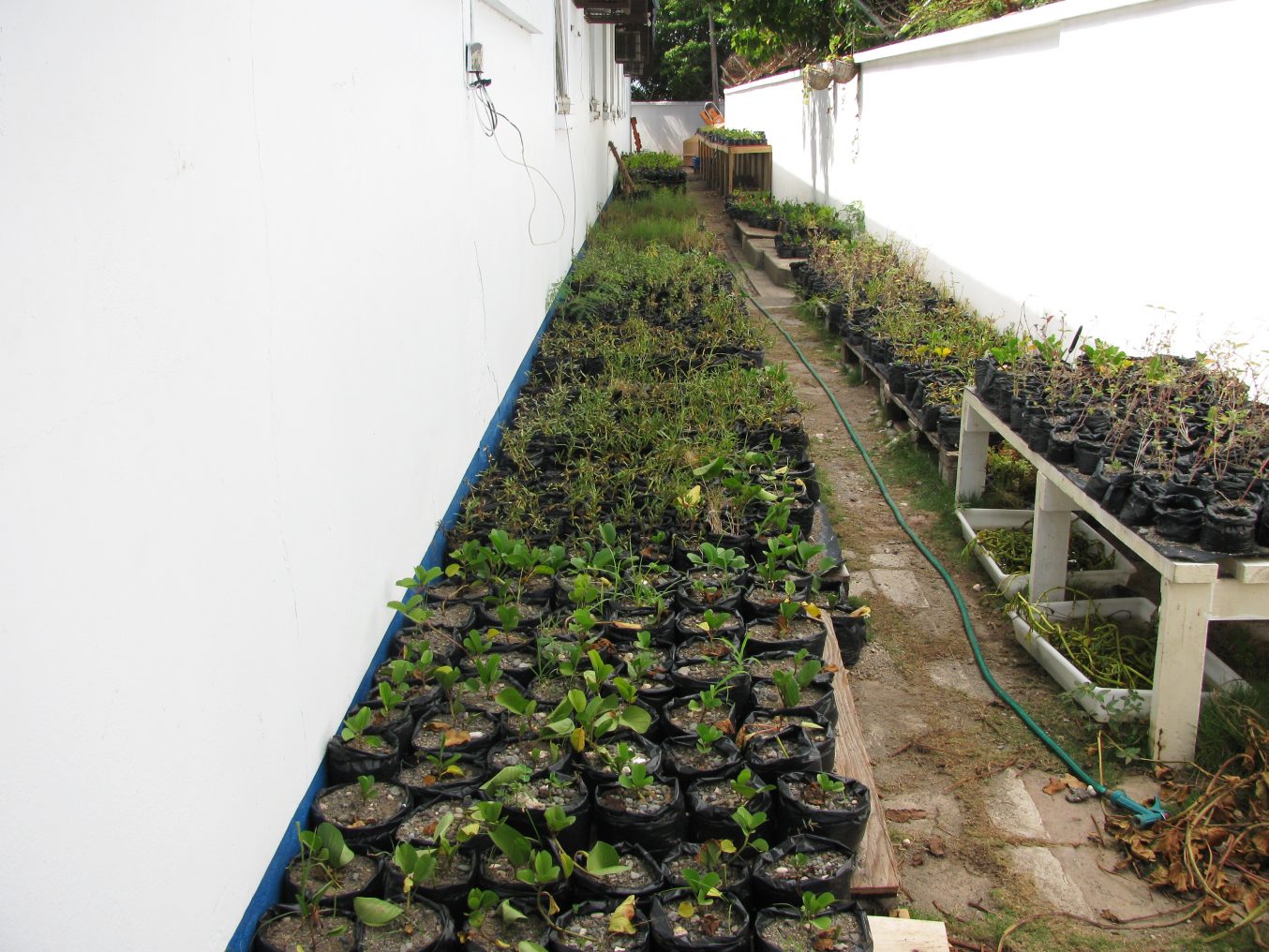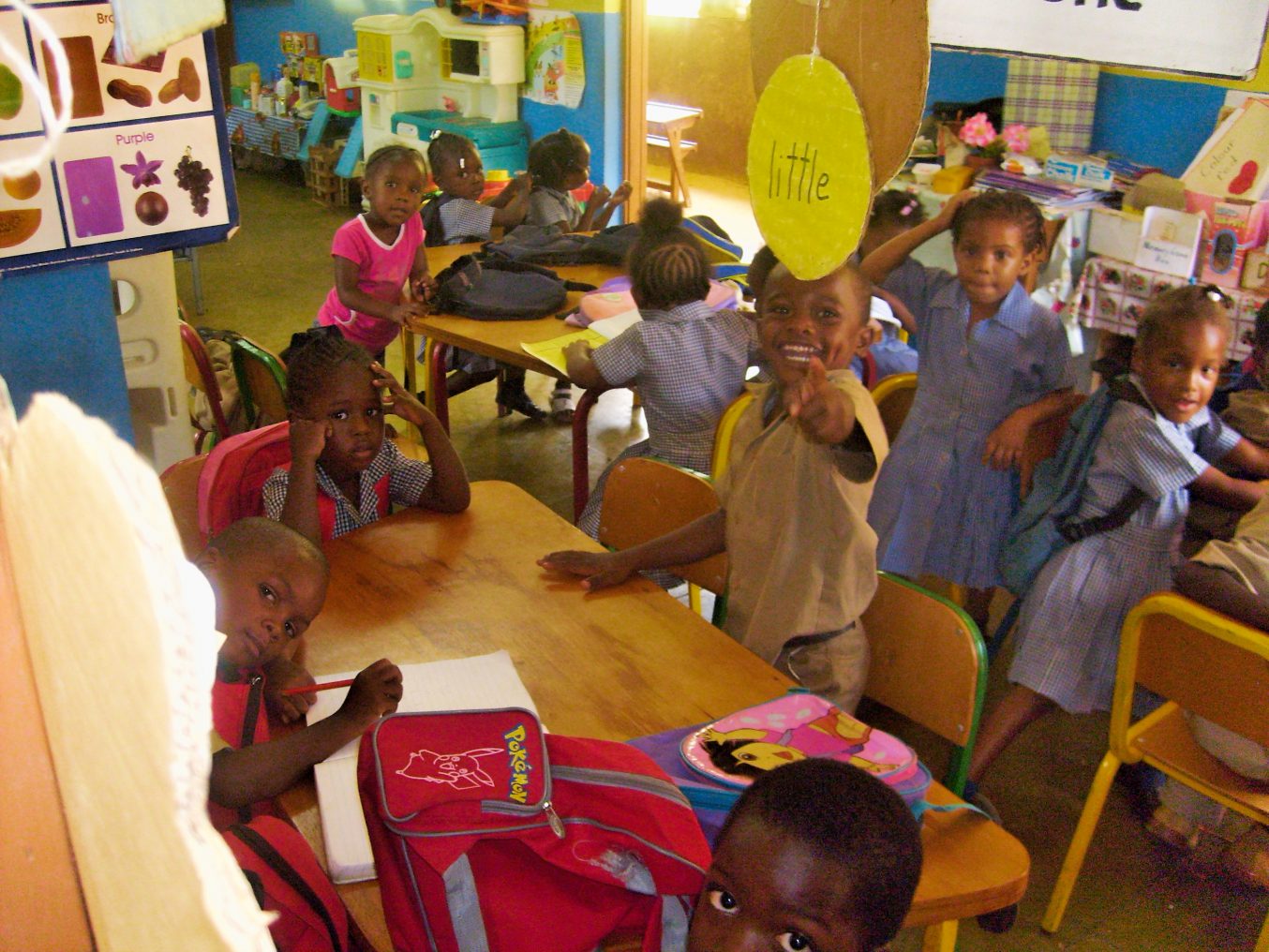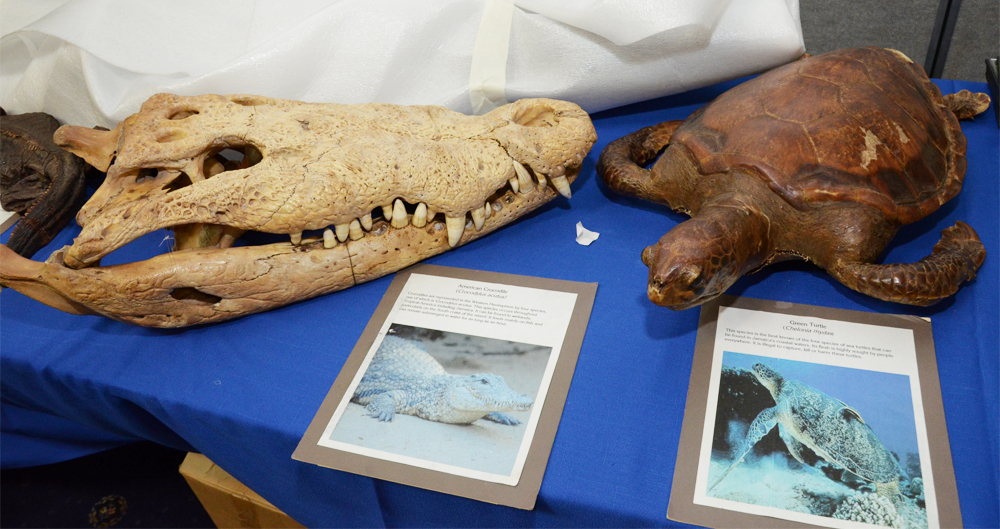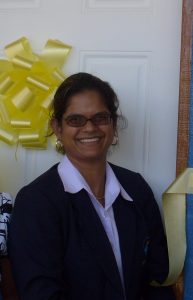
RedLAC the first international network of environmental funds to which EFJ is a member interviewed our Programme Manager, Karen McDonald Gayle about her perspective on the challenge of catching the attention of a wide variety of stakeholders in Jamaica to the importance of environmental issues.
See interview below.
The ‘delicate act’ of balancing
stakeholders’ diversity in Jamaica
What are the most active institutions in the environmental sector in Jamaica and how are the relations among them? How do you see the level of coordination among these players?
The major players in the sector are those in the civil society and the public service agencies in Jamaica. I would say donor agencies, also are major players as the sector becomes tighter. Jamaica’s private sector does not play a major role in the sector at present. Coordination and collaboration between the groups are weak. Harmonization between donors is also weak. The sector is not a priority in Jamaica’s current processes. It falls way below crime, economy, and livelihood. This perception is exacerbated by the current issues of governance in the environmental sector, such as the Ministry of Environment, where the protection and conservation leads are in the two-year-old government structure.
Recently EFJ sponsored a climate change campaign involving Jamaican artists. How do environmental institutions such as environmental funds should act to engage celebrities? How was the experience with these singers?
The experience was very good. The artists volunteered and one of the big differences with other such attempts is that we did not just commission a song, we carried the artists out into the field to see and understand climate change and its impacts around Jamaica. We brought technical experts and they got a chance to ask questions and also allowed them to talk to people who have been affected by Climate Change. They wrote five songs ‘spontaneously’, which were all donated to the project for the fund and the grantee to use, so I think the experience was definitely positive.
Environmental funds are intermediary institutions, so they have the role of connecting different stakeholders. What are the necessary skills that a fund staff should have to engage these different groups, such as government, community-based organizations, artists, private companies, international donors, etc? How is EFJ communicating with these main groups and also with a wider audience?
This is a delicate balancing act. As I’ve described, the government and governance structure in Jamaica are weak. In this situation, the fund and the skills here are often expected to fill this gap. Our Foundation has grantees, members and then other stakeholders including servants in the public sector and other donors. We have found a gap in our means of communications that we are now addressing by diversifying the ways through we communicate. We have a Facebook page, a regular e-mail update, a new Website and try to be available.
EFJ is a member of RedLAC and also of IUCN and the Council on Foundations. In your opinion, the participation in these networks can be considered a stakeholder engagement action? What is the main benefit of taking part in these groups? We consider these groups as critical to our development and networking as we continue to grow and expand. These networks have good contacts and experience and provide an amazing pool of information and experience that EFJ has found very useful. Also useful is the profile that EFJ is able to boast as members of those organizations.

